Unveiling the Complexities of Autism Spectrum Disorder
Autism Spectrum Disorder (ASD) is a broad and intricate neurodevelopmental condition that manifests uniquely in each individual. Recognized by challenges in social communication, repetitive behaviors, and sensory sensitivities, autism affects a significant portion of the population and requires a nuanced understanding. This article explores the definition, signs, causes, diagnosis, co-occurring conditions, current research, support resources, misconceptions, and societal impacts of autism, aiming to foster awareness and acceptance.
What Is Autism Spectrum Disorder (ASD)?
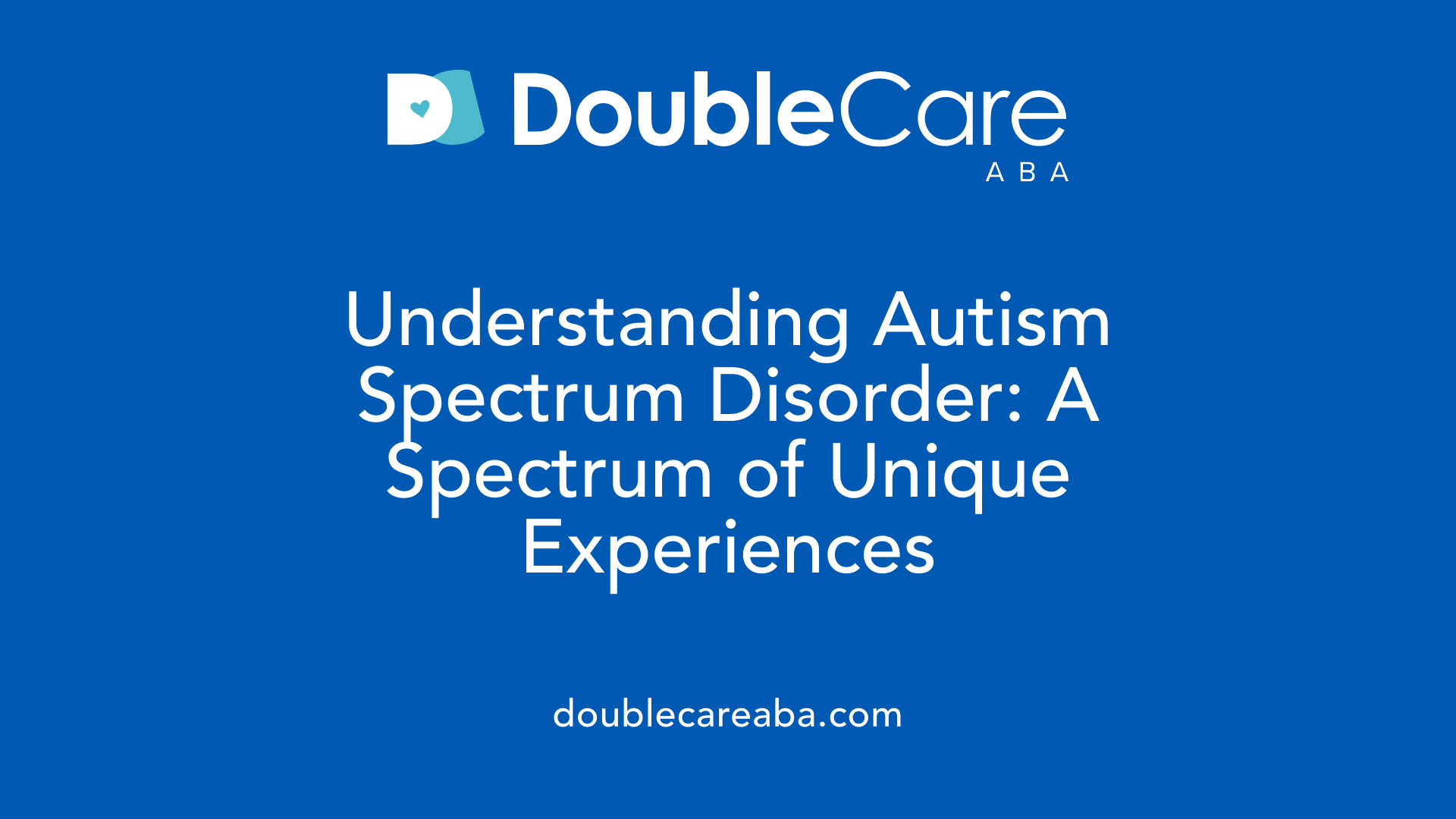
What is autism spectrum disorder (ASD)?
Autism Spectrum Disorder (ASD) is a neurodevelopmental condition that influences how a person communicates, interacts socially, and processes sensory information. It is termed a spectrum because the symptoms and severity can vary widely among individuals. Some people with ASD may have mild challenges, while others face more significant difficulties.
Signs of ASD often appear in early childhood, usually within the first two years of life. Common early indicators include limited eye contact, delayed speech, repetitive behaviors, and intense focus on specific interests. These behaviors and traits can differ significantly from person to person.
While ASD is considered a lifelong condition, early diagnosis and personalized therapies can make a substantial difference. Treatments such as speech therapy, behavioral interventions, and social skills training help many individuals improve essential life skills and manage challenging behaviors.
The causes of ASD are complex and involve both genetic and environmental factors. Despite extensive research, no single cause has been identified. It is important to recognize that ASD is not a disease but a difference in brain development that influences how individuals think, feel, and behave.
Parents, caregivers, and educators play essential roles in supporting autistic individuals by fostering understanding, providing appropriate resources, and implementing support strategies tailored to each person’s unique needs.
In summary, ASD is a broad, lifelong spectrum that affects how individuals communicate, relate to others, and navigate daily life. Understanding and early intervention are crucial for improving quality of life and promoting success.
Recognizing the Signs and Symptoms of Autism
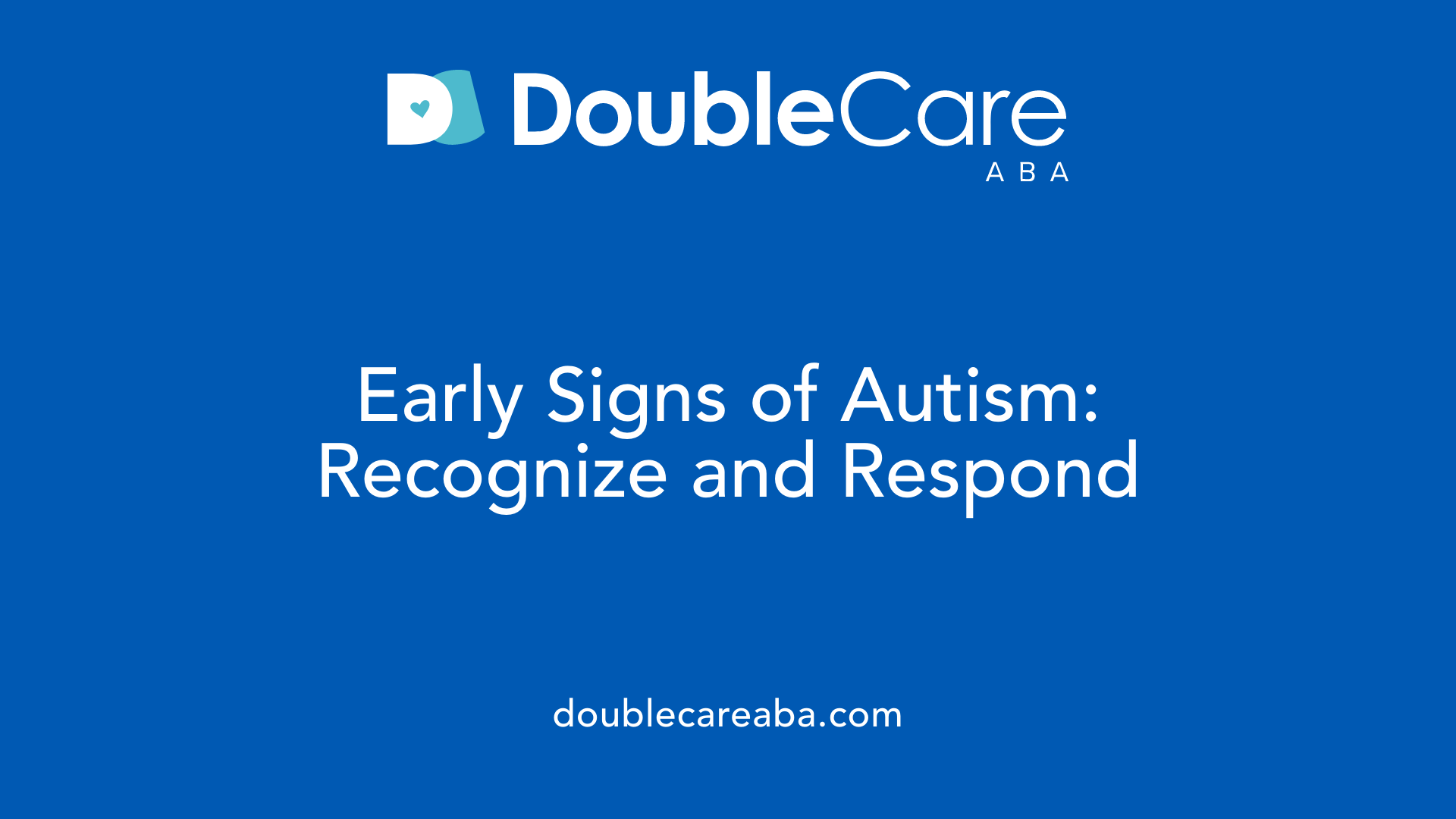
What are common signs and symptoms of autism?
Autism spectrum disorder (ASD) presents with a variety of signs that can differ greatly from person to person. One of the most noticeable features is challenges with social communication. This can include limited eye contact, difficulty responding to one's name, and trouble using gestures or understanding social cues. Many individuals find it hard to establish and maintain back-and-forth conversations, which makes social interactions challenging.
Repetitive behaviors are another hallmark of autism. These behaviors might include lining up toys or objects, hand-flapping, rocking back and forth, or repeating words and phrases. Such actions are often used as a way to self-soothe or cope with sensory input.
Sensory sensitivities are common in autistic individuals. Some may be overly responsive to sounds, lights, textures, or smells, while others might seem less responsive and seek out intense sensory experiences. These sensitivities can affect everyday activities and comfort.
Delayed speech and language development are frequently observed. Some autistic children start speaking later than typical, and others remain nonverbal or minimally verbal. Even those who do speak may have difficulty understanding and using language appropriately in social contexts.
Many autistic individuals prefer routines and familiarity, showing distress when routines are disrupted. They may develop intense interests in specific subjects or hobbies, often focusing deeply on a particular area of interest.
The severity of these symptoms can range from mild to severe, and the combination of signs varies widely. Early signs usually become noticeable before age 3, making early diagnosis and intervention crucial for improving outcomes.
Understanding these signs helps caregivers and educators recognize autism early and seek appropriate assessments and support to assist the individual’s development.
Understanding Causes and Risk Factors
What are the causes and risk factors for autism?
The exact causes of autism spectrum disorder (ASD) are not fully understood. Researchers believe that a combination of genetic, environmental, and neurological factors influence early brain development, increasing the likelihood of ASD.
Genetic influences are significant. Many autistic individuals have certain mutations or chromosomal variations, and a family history of autism increases the risk. In fact, estimates suggest that heredity may account for 60 to 90% of ASD risk. Specific genetic conditions, such as fragile X syndrome and tuberous sclerosis, are also linked to a higher chance of developing autism.
Environmental and prenatal factors play a crucial role too. Advanced parental age, especially of the mother and father, has been associated with increased risk. Exposure to pollutants, certain medications during pregnancy, maternal health issues, infections, and complications during birth can all influence neurodevelopment.
Additional factors that may contribute include maternal immune responses. Autoantibodies – immune proteins that mistakenly target the body's own tissues – and alterations in the microbiome, the collection of microorganisms in the body, are being researched for their potential impact on brain development.
Together, these genetic and environmental factors interact during critical early life stages, affecting how the brain develops. While much research has been done, the precise pathways leading to autism are still largely unknown.
Myths about vaccination and autism
A common misconception is that vaccines cause autism. Scientific studies have thoroughly debunked this myth. No credible evidence links childhood vaccines to the development of ASD. Public health organizations worldwide confirm that vaccines are safe and vital for preventing serious diseases.
For more information, search terms like "Causes of autism, genetic and environmental risk factors, misconceptions" can lead to trustworthy sources explaining current scientific understanding and dispelling myths about autism causes.
How Autism Is Diagnosed and the Importance of Early Detection
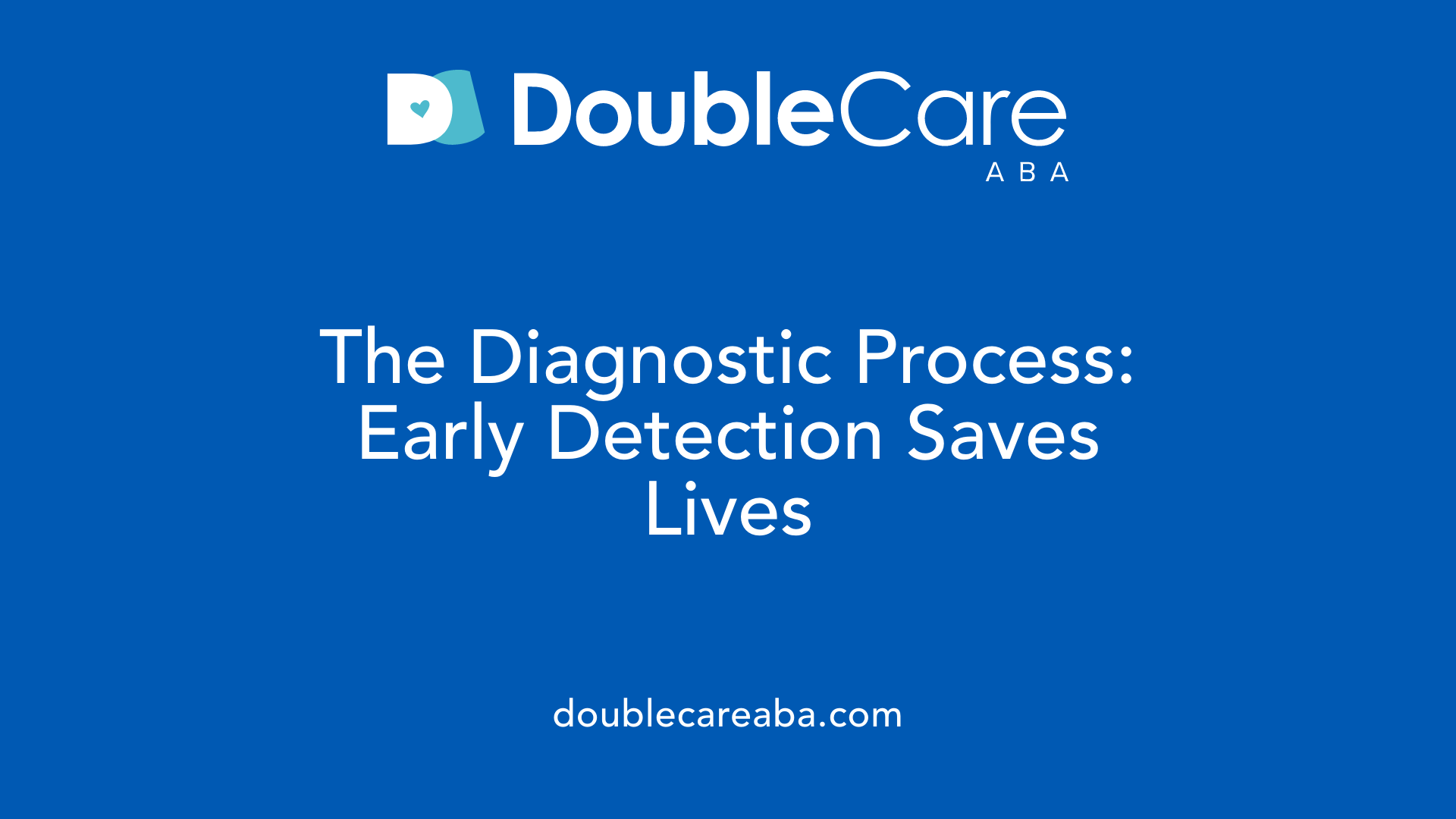
How is autism diagnosed?
Autism diagnosis involves a thorough process conducted by specialized healthcare professionals, such as psychologists, developmental pediatricians, or neurologists. These experts gather extensive developmental histories from parents and caregivers, observing behaviors and evaluating the child's social and communication skills.
Standardized diagnostic tools play a pivotal role. The Autism Diagnostic Observation Schedule (ADOS) and the Autism Diagnostic Interview-Revised (ADI-R) are commonly used assessments that help identify core autism symptoms. Screening questionnaires like the Modified Checklist for Autism in Toddlers (M-CHAT) are also employed during routine checkups to flag early signs.
Professionals look for difficulties in social interaction, communication, and the presence of restricted or repetitive behaviors. They correlate these findings with the criteria outlined in the DSM-5, which defines autism spectrum disorder.
Diagnosis is not based on a single test but through a comprehensive evaluation, which includes interviews, behavioral observations, and reports from multiple sources. This team-based approach ensures an accurate diagnosis, allowing for timely interventions.
Use of standardized tools like ADOS and M-CHAT
Standardized tools like the ADOS provide a structured way to observe and assess a child's social and communication behaviors in a controlled environment. The M-CHAT, typically used with toddlers at 18 and 24 months, is a questionnaire that parents fill out to screen for autism risk.
These tools help identify children who need further assessment and facilitate early diagnosis, which is vital for effective support.
Developmental history and parental input
Parents and caregivers are central to the diagnostic process. Their observations about a child's developmental milestones, such as delayed speech, limited eye contact, or unusual interests, inform clinicians' assessments.
Collecting developmental history helps differentiate autism from other developmental or behavioral issues and guides tailored intervention plans.
Age of diagnosis and early signs
Signs of autism often appear by age 2 or 3, though some infants show early symptoms within the first year. Early signs include not responding to their name, avoiding eye contact, and limited use of gestures.
Early diagnosis, ideally by age 2, allows for earlier intervention, which can significantly improve developmental outcomes and support the child's growth.
Team-based evaluation process
Diagnosing autism involves a multidisciplinary team that may include psychologists, speech therapists, occupational therapists, and physicians. This collective effort ensures a comprehensive understanding of the child's needs.
The team conducts behavioral assessments, reviews medical and developmental histories, and may utilize various diagnostic tools, making the process thorough and accurate.
Challenges in diagnosing in girls and adults
Diagnosing autism in girls and adults can be more complex. Girls often present different or less obvious symptoms, such as more subtle social difficulties or different interests, which may lead to underdiagnosis.
Adults might also mask symptoms or develop coping strategies, making recognition harder. Ongoing research aims to improve diagnostic criteria and tools to address these disparities.
| Aspect | Details | Additional Notes |
|---|---|---|
| Main diagnostic methods | Behavioral assessment, standardized tools, developmental history | Conducted by trained professionals |
| Tools used | ADOS, M-CHAT, ADI-R | Based on DSM-5 criteria |
| Early signs | Lack of response to name, poor eye contact, delayed speech | Signs visible from infancy |
| Age of diagnosis | Usually 2-3 years, earlier with screening | Early signs can appear as early as 12 months |
| Special considerations | Girls and adults may present differently | May require adapted criteria |
Understanding how autism is diagnosed emphasizes the importance of early detection. Identifying signs early and conducting comprehensive assessments can lead to interventions that greatly enhance quality of life, making awareness and screening essential for all children.
Co-occurring Conditions and the Broader Autism Phenotype
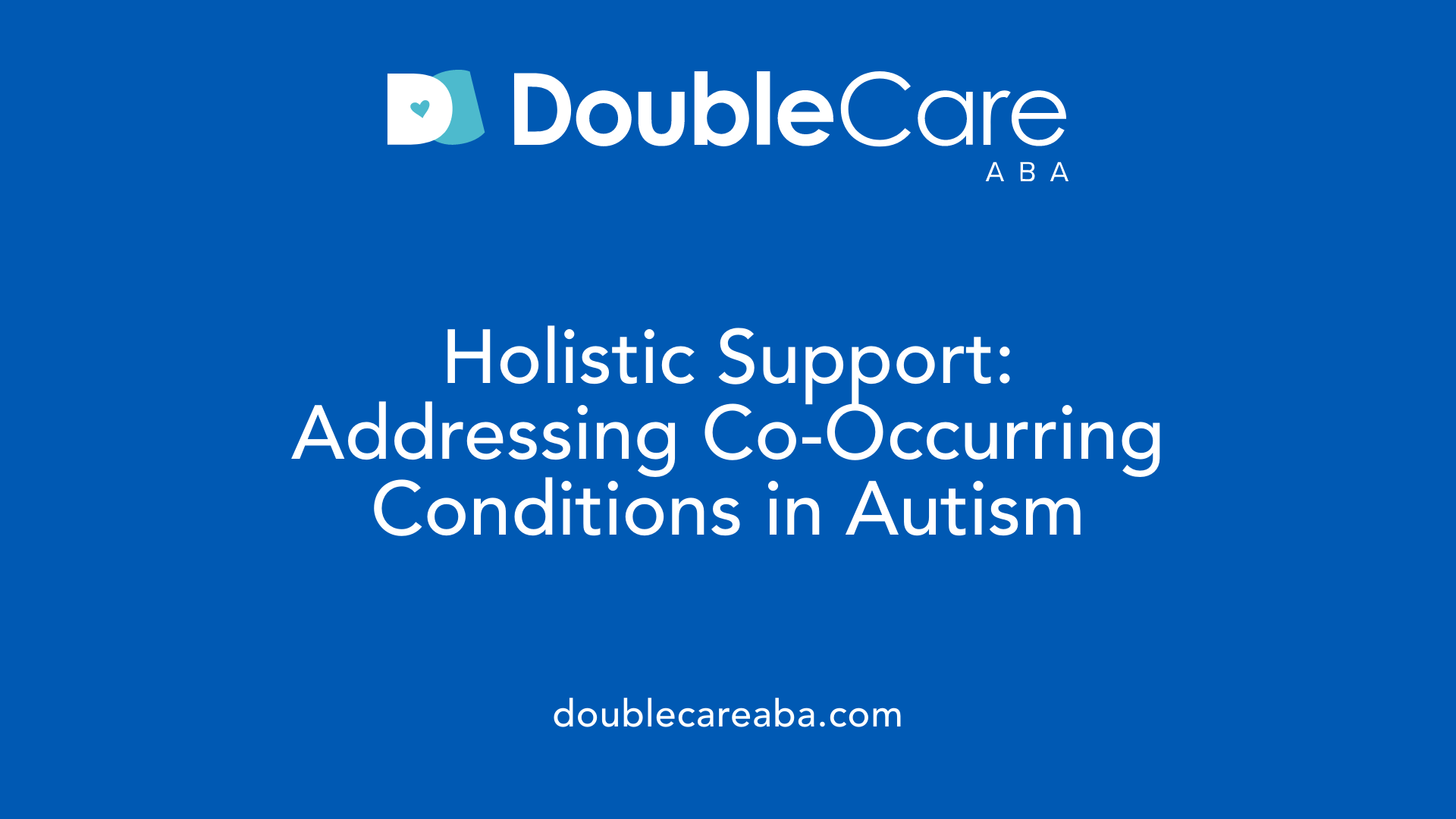
What are common co-occurring conditions with autism?
Autism is often accompanied by various other medical and mental health conditions, which can influence overall well-being and treatment approaches. Many individuals with autism experience anxiety, with rates as high as 84%. This includes generalized anxiety, social anxiety, and separation anxiety, affecting daily functioning.
Depression is another frequent co-occurrence, affecting around 26% of autistic people. Epilepsy also appears in approximately 35% of individuals on the spectrum, reflecting underlying neurological differences.
Gastrointestinal issues such as constipation, diarrhea, and food sensitivities are common, along with sleep disorders like insomnia, night waking, and abnormal sleep patterns. Some metabolic and immune-related conditions, including mitochondrial abnormalities, are also observed.
In addition to physical health challenges, autism often intersects with neurodevelopmental disorders. Attention Deficit Hyperactivity Disorder (ADHD) commonly co-occurs, complicating attention and activity regulation.
Obsessive-Compulsive Disorder (OCD) and various learning disabilities can further influence how autistic individuals process information and respond to behavioral challenges. Sensory processing challenges—like hypersensitivity or hyposensitivity to sounds, lights, or textures—are pervasive and can affect daily comfort and tolerance.
Beyond these, some individuals exhibit broader autism phenotype traits, which include subtle social, cognitive, and behavioral differences that do not meet full diagnostic criteria but reflect a familial or genetic connection to autism.
Understanding these co-occurring conditions is crucial for providing holistic support and tailored interventions. Addressing such challenges often improves overall quality of life and helps autistic individuals reach their full potential.
| Condition Type | Common Features | Prevalence Estimates | Notes |
|---|---|---|---|
| Mental Health Disorders | Anxiety, Depression, OCD | Anxiety (up to 84%), Depression (26%) | Often requires psychological or psychiatric treatment |
| Neurological Conditions | Epilepsy | Up to 35% | Managed with medication and neurological care |
| Gastrointestinal & Sleep Disorders | Constipation, GERD, sleep disturbances | Highly prevalent | Important to address for overall health |
| Neurodevelopmental Disorders | ADHD, learning disabilities | Very common | Interventions like behavioral therapy can help |
| Sensory Processing Challenges | Hypersensitivity, hyposensitivity | Universal in spectrum | Affect daily routines and comfort |
| Broader Autism Traits | Subtle social or cognitive differences | Family or community traits | May indicate genetic links to autism |
Research continues to explore how these co-occurring conditions interact with autism to improve support strategies for affected individuals.
Current Research and Future Directions in Autism Understanding and Intervention
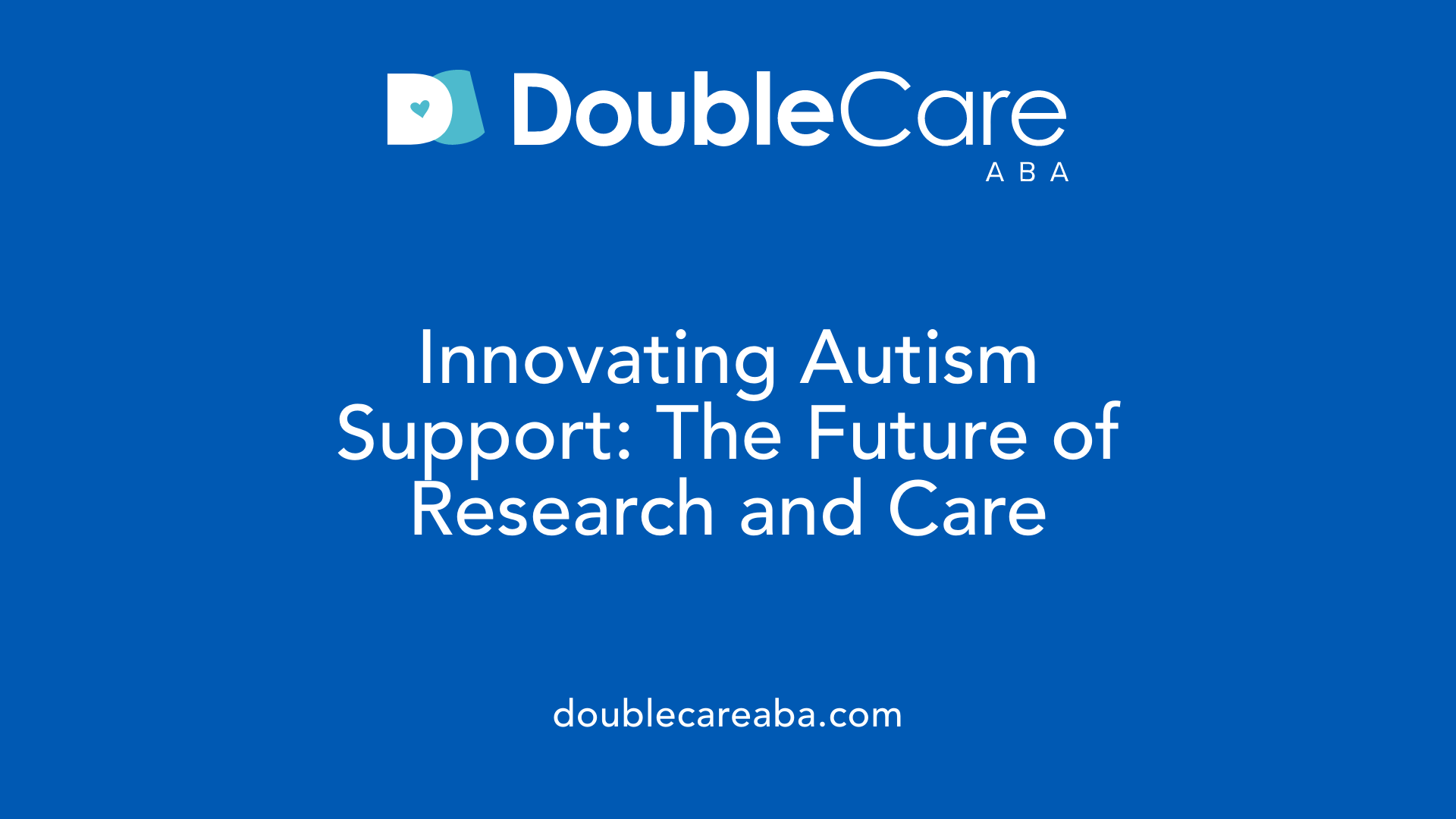
What current research is being conducted on autism?
Autism research is rapidly advancing across multiple areas, aiming to improve understanding, diagnosis, and support. Scientists are developing innovative early screening methods, such as tablet-based behavioral assessments and video response tasks, which can help identify autism signs earlier and more accurately.
Genetics and neurobiology studies have uncovered over 230 genes associated with autism, revealing complex genetic influences behind the condition. Researchers are exploring how these genes impact brain development and how shared genetic factors link autism with other neurodevelopmental conditions.
To better understand the brain mechanisms involved, scientists use advanced neuroimaging techniques like functional connectivity MRI and 3D brain modeling. These tools help map neural circuits and brain network differences that underlie autism traits.
Emerging technologies like artificial intelligence (AI), virtual reality (VR), and wearable devices are transforming research and support services. AI algorithms assist in analyzing behavioral patterns, while VR creates immersive environments for social skills training. Wearables help track physiological responses, providing real-time data for personalized interventions.
Studies are also focusing on distinguishing autism subtypes, understanding gender differences, and addressing social disparities. Recognizing that autism manifests differently across individuals and genders allows for tailored support strategies.
The Autism CARES Act and similar legislation fund ongoing research efforts. These initiatives promote a comprehensive, lifelong approach to autism, integrating scientific discovery with clinical practice. The goal is to create accessible, effective interventions that enhance quality of life for autistic individuals.
In summary, current autism research is multidimensional, harnessing technology and genetics to unravel the complexities of autism, leading toward earlier detection, individualized treatment, and inclusive support systems.
Moving Toward Greater Awareness and Acceptance
Understanding autism as a spectrum with diverse presentations is essential for fostering a more inclusive society. Continued research, early diagnosis, personalized support, and dispelling misconceptions are vital to improving the quality of life for autistic individuals. With increased awareness and accessible resources, communities worldwide can better support autistic people in reaching their full potential, ensuring they are valued members of society.














